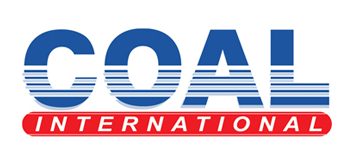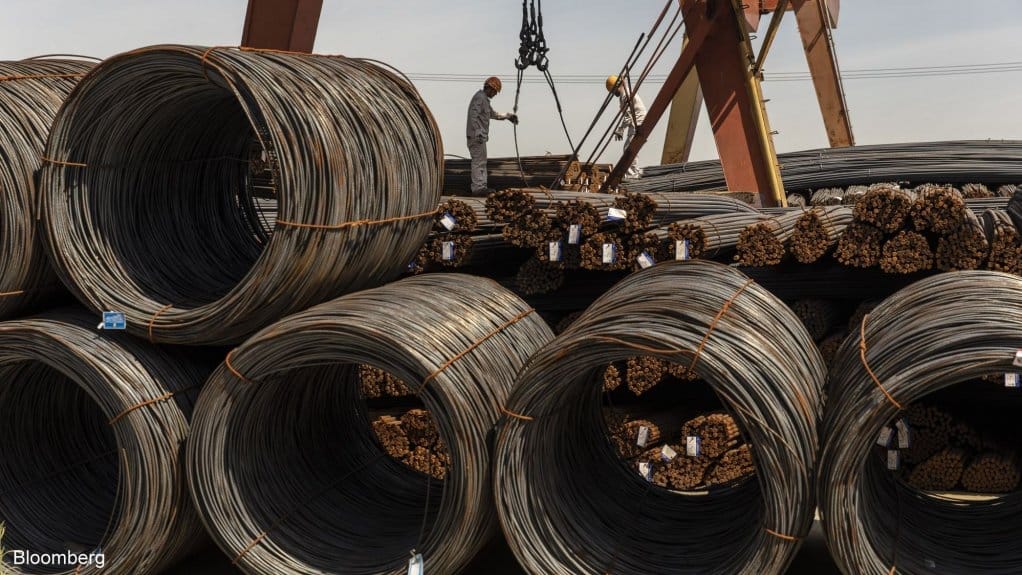China’s steel-industry slowdown looks set to deepen, with BHP Group, the world’s biggest miner, and China Baowu Group, the top iron-ore buyer, flagging concerns as demand fades after decades of growth.
While both BHP and Baowu’s listed unit posted relatively healthy profits on Tuesday, their downbeat comments on the outlook for steel will intensify global concerns about a worsening slump. Baoshan Iron & Steel pointed to “sluggish” consumption, while BHP CEO Mike Henry highlighted China’s real estate sector and “uneven” recovery.

China dominates the global steel market, but demand for the alloy has slipped by more than 10% since 2020, likely marking an end to a long boom that supercharged profits for big iron ore shippers like BHP. Those concerns have intensified in recent months as the nation’s property crisis has dragged on. Benchmark steel prices have plunged to multiyear lows, and mills now face brutal competition for buyers both at home as well as overseas.
The steel industry is marked by “strong supply, weak demand, high costs, and low prices,” Baoshan Iron & Steel said in its earnings statement. “In the second half of the year, the steel industry will maintain a situation of oversupply, and steel companies will continue to face pressure.”

BHP produces 260 million tons of iron ore a year, most of it shipped to China, where Baowu, the world’s top steelmaker, is the miner’s biggest single customer. The unfolding crisis has already taken a heavy toll on iron ore prices, with futures for the commodity collapsing by more than a quarter this year.
“We maintain our belief that China’s steel production has plateaued above 1 billion tons and this is likely to continue across the mid-2020s,” BHP said. Against that challenging backdrop, CEO Henry is leading a pivot toward copper as demand for the energy-transition metal expands, with expectations that the market for that metal will flip to a deficit later this decade.
BETTER THAN MOST
Both BHP and the Chinese steel producer have so far escaped the worst effects of the slump, which got markedly worse in July and August as mills ratcheted back production. BHP’s underlying iron ore earnings rose 13% in its financial year through June, while Baosteel’s first-half net income was steady.
Baosteel’s first-half margins were likely to be unsustainable in the current quarter, Citigroup Inc. analysts warned in a note. The bank sees downside risks to its full-year earnings forecast.
Still, Baosteel and the iron ore majors are likely in a better shape than many of their smaller peers as their scale and low costs will help them to weather the downturn. Higher-cost miners will face pressure to halt output when prices fall below $100 a ton — a level that was breached recently — while the worst effects of China’s steel slump will be borne by smaller, private mills.
“Baosteel can keep standing out despite the Chinese steel industry’s challenging second-half profit outlook,” Bloomberg Intelligence analyst Michelle Leung wrote in a note.
Other major Chinese mills including Maanshan Iron & Steel Co. Ltd. and Hesteel Co. Ltd. are due to release first-half earnings this week.



